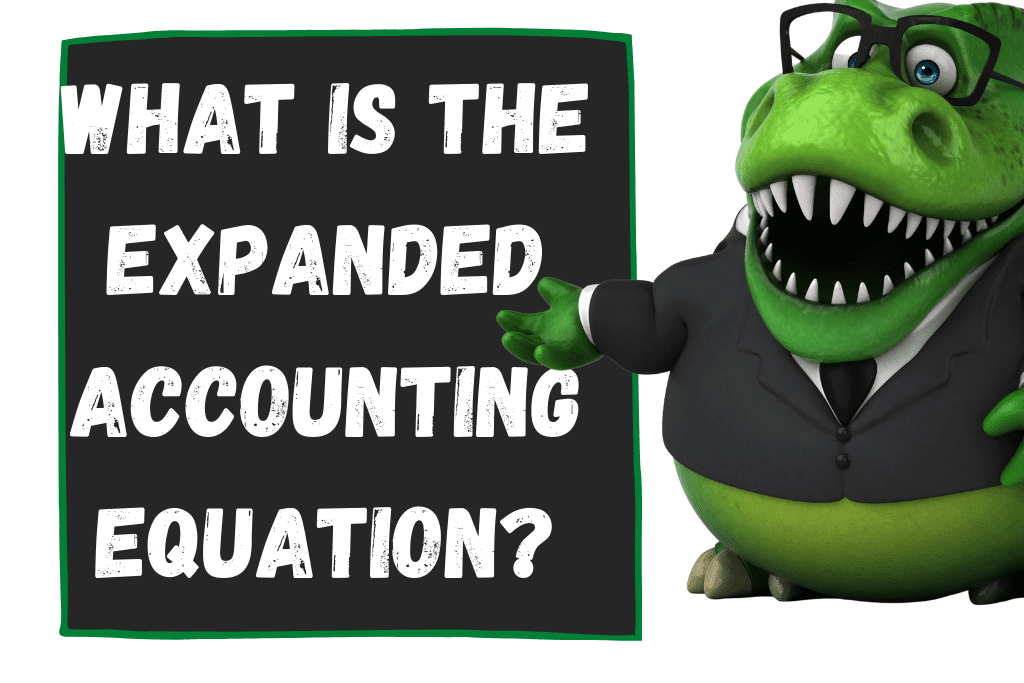The Expanded Accounting Equation is a more detailed version of the Basic Accounting Equation that adds details about changes in owner’s equity due to day-to-day transactions in the business. It provides additional details of how an owner’s equity in the business changes over a period of time, and from which areas of the transactions of a business.
What is the Basic Accounting Equation?
The basic Accounting Equation is:
Assets = Liabilities + Equity
Using the basic Accounting Equation, all changes to an owner’s equity are calculated within the broad category of Equity.
To learn more about the Basic Accounting Equation, check out this article:
What is the Difference Between the Basic Accounting Equation and the Expanded Accounting Equation?
The Expanded Accounting Equation demonstrates the effect of the changes in Owner’s Equity because of:
- Owner investments (money the owner adds to the business)
- Dividends or Withdrawals (money the owner takes out of the business)
- Revenue (an increase in equity because of sales to customers)
- Expenses (a decrease in equity due to expenses incurred in making Revenue)
Assets = Liabilities + Beginning Equity + (Investments – Dividends + Revenue – Expenses)
Essentially, Accounting is all about tracking the changes to the Owner’s Equity. Some equity comes from investments into the business by the owner. Some equity comes from having more Assets than Liabilities. Some Equity comes from Revenue. And then, reductions to Equity come from withdrawals and expenses.
To learn more about the Accounting Equation, watch this video:
-
How Do Journal Entries Work in Accounting?
Journal entries are one of the most fundamental and essential concepts in accounting. A journal entry is a record of a transaction that affects a company’s financial statements. Journal entries
-
What is a Statement of Owner’s Equity
The Statement of Owner’s Equity is one of the four major financial statements. The function of the Statement of Owner’s Equity is to show changes in the value of equity
-
What is a Statement of Shareholders’ Equity?
The Statement of Shareholders’ Equity is one of the four major financial statements. The function of the Statement of Shareholders’ Equity is to show changes in the value of equity
-
Accounting for Notes Receivable | Accounting Student Guide
What is a Note Receivable? A note receivable is formal payment agreement between two or more people or entities. It is a promissory note that specifies: Who the note is
-
How to Post Journal Entries to the Ledger
When a Journal Entry is made to record a transaction, that Journal Entry is then entered (posted) in the accounts being impacted. For example, when rent is paid, in the
-
What is the Accounting Equation?
Before you can understand debits and credits, you’ll need a little background on the structure of accounting. It all starts with the Accounting Equation. The Accounting Equation is the foundation

